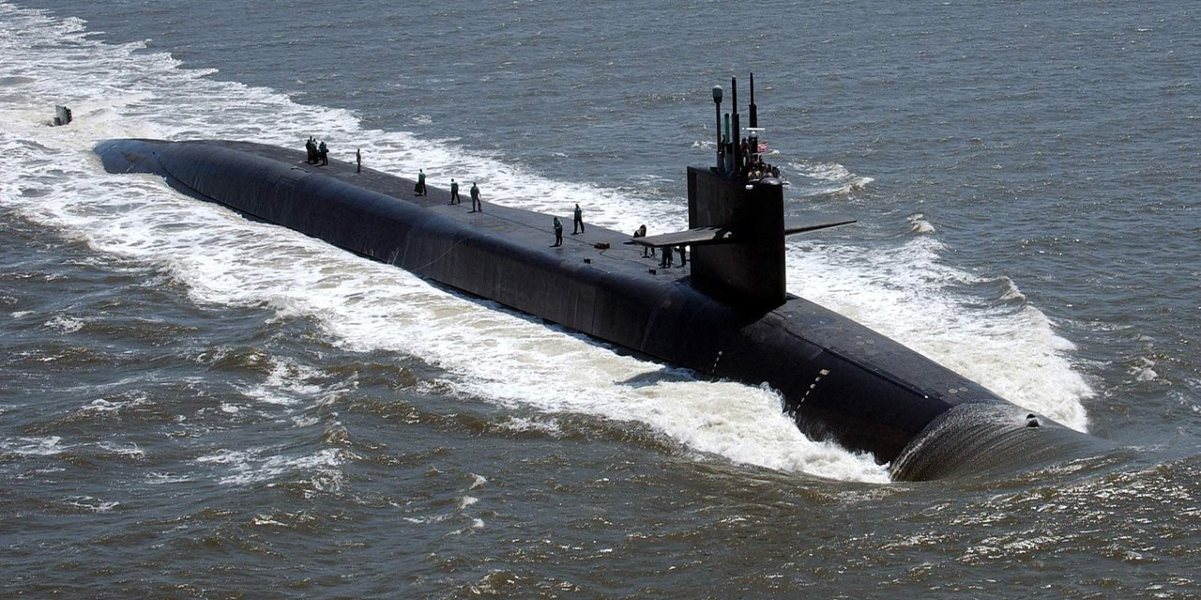Ultra-quiet mode of operation
Silent running (or ultra-quiet) is a stealth mode of operation for submarines.
During silent running, the propellers have a characteristic RPM band in which no cavitation noise arises. Since this rotation speed is usually relatively low, the first electric submarines had special “silent running” engines designed for optimum performance at reduced speed.
Nuclear submarines can run even more quietly, at very low speeds only, by turning off active reactor cooling during silent running. The reactor is then only cooled by natural convection of the water.
The aim of silent running (a protocol that has been in use since the latter part of World War I, when hydrophones were invented to detect U-boats) is to evade discovery by passive sonar by eliminating superfluous noise: nonessential systems are shut down, as explained above speed is greatly reduced to minimize propeller noise and the crew is urged to rest and refrain from making any unnecessary sound.
As already explained (CLICK HERE to read the article) ‘Being “quiet” is more than not talking.
Monitoring the ship’s noise
A claim confirmed by Robert Williscroft, former US Navy Sonar Technician Submarine, who recalls on Quora;
‘I was an enlisted submarine sonar tech and subsequently a commissioned officer on two nuke subs. As a sonar tech, I was in charge of monitoring ship’s noise and helping solve critical noise situations. As an officer, among other things, I was the Sonar Officer.
‘Our decks were sound mounted so that noise was not supposed to enter the water through the hull. Inevitably, however, sound shorts would develop, and as a sonar tech it was my job to find them throughout the sub. (The engineering guys “loved” me!)
‘Equipment on submarines, especially rotating or vibrating equipment, are normally sound-mounted so that they are isolated from the hull. A sound short is when the sound mounting is bypassed so that the sound passes directly into the hull. This can be a piece of metal touching both the equipment and the hull or even a worn-out sound mount.
US Navy Submarines going at “ultra-quiet”
‘When at Ultra-quiet (silent running), the idea is to avoid all possible sounds. Sound can find its way into the water and, depending on circumstances, can be detected at great distances. I have heard Russian conversations between Soviet sub crewmates miles away under the Arctic ice pack. The Soviets did not really understand sound-quieting as we practiced it on our subs. (The Russians are well aware of our sonar capabilities, because every time they do something, we are there dogging them.) A significant part of that was (and is), at Ultra-quiet get into your rack if you don’t have something to do that is specifically required at that moment.’
Williscroft concludes;
‘If you were a sonar tech in another sub 100 yards distant from one of ours when it went to Ultra-quiet, it would suddenly seem to have disappeared—there one moment, gone the next.’

Photo by Photographer’s Mate 2nd Class Lynn Friant and Photographer’s Mate 1st Class Kevin H. Tierney / U.S. Navy

